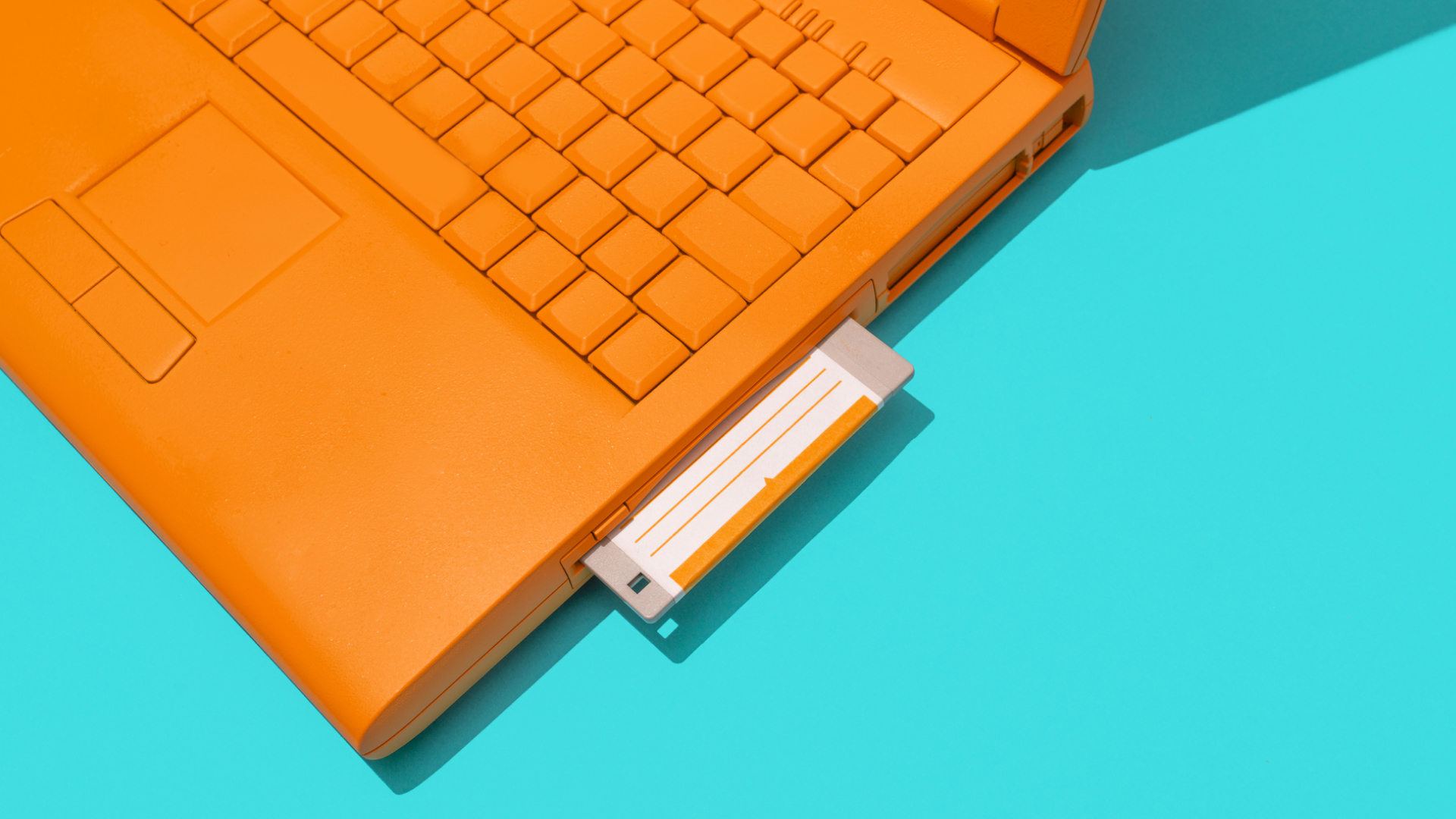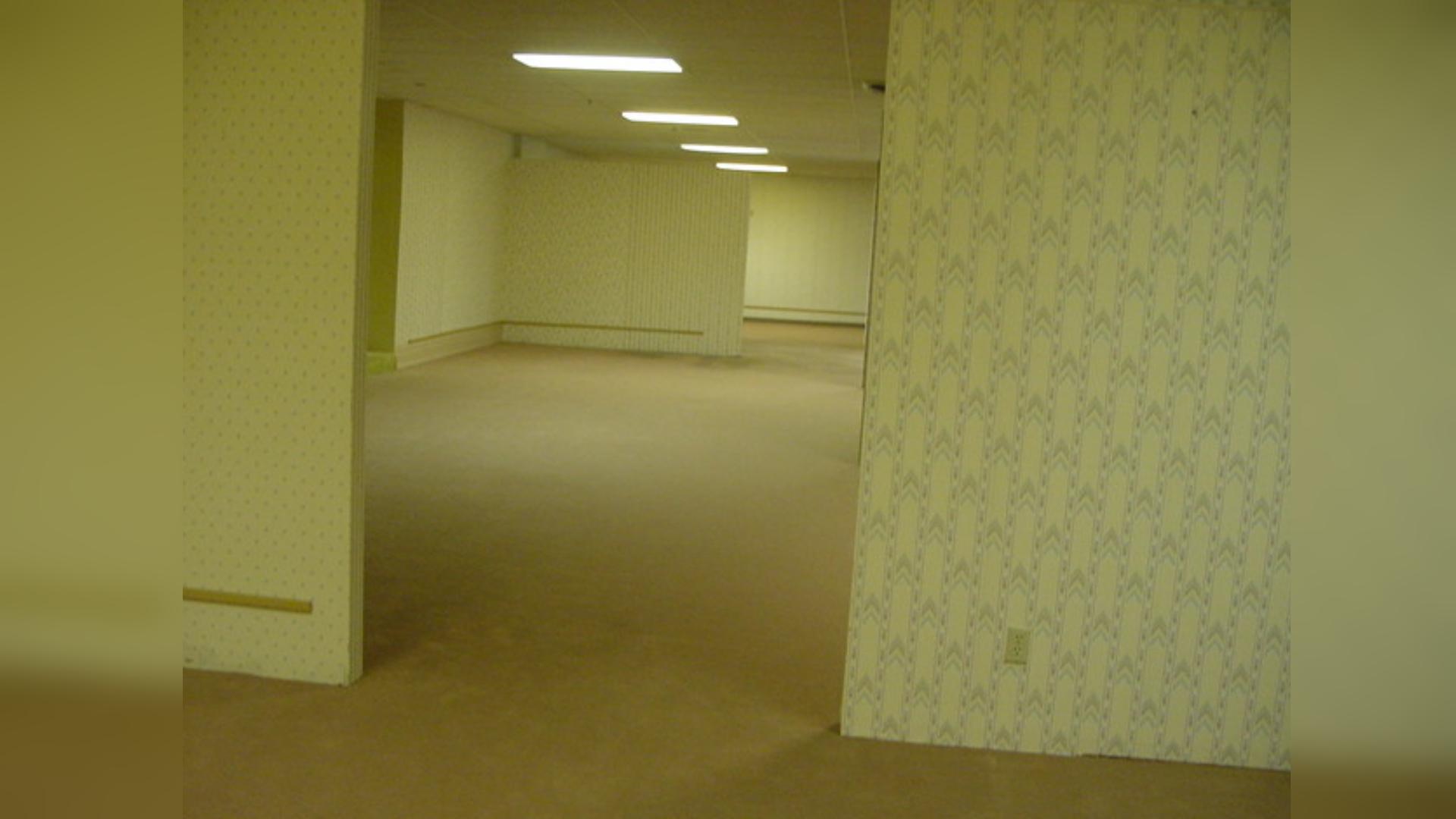
But seriously, how are so many industries still using magnetic disks, even now?
Way back in ancient times, i.e. the ’70s and ’80s, the floppy disk was a major player in the world of digital storage. And you might be surprised to learn just how prominent the format still is in this age of lightning fast NVMe SSDs. While there are no longer manufacturers churning out floppys, there’s still one hero preaching the superiority of the format.
The founder of Floppydisk.com and self proclaimed “last man standing in the floppy disk business,” Tom Persky, has been keeping the generally defunct format alive. Featured in the recently released book, Floppy Disk Fever: The Curious Afterlives of a Flexible Medium alongside artists and other obsolete media likers, Persky celebrates the format he’s made a living off for over two decades (via The Register).
“20 years ago I was actually in the floppy disk duplication business,” he remembers. “Not in a million years did I think I would ever sell blank floppy disks.” That’s because duplicating floppys in the 1990s, he says, was “as good as printing money.” His journey into selling blank disks happened organically over time, and when the last floppy disk fell from the production line, Persky was there to catch it, investing in just “a couple of million disks,” to keep his passion going.
“When people ask me ‘why are you into floppy disks today?’ the answer is simple: ‘because I forgot to get out of the business,'” he jokes.
In his musings over the magical magnetic disk format he holds so dear, Persky reveals (much to my astonishment) that the floppy disk is still going strong today. Not only do countless computing devices in the world’s healthcare system still utilise them, but users of embroidery machines are some of his top customers. He even reports that “Probably half of the airfleet in the world today is more than 20 years old and still uses floppy disks in some of the avionics.”
The US Air Force only stopped using floppy disks for its nuclear weapons system in 2019, in fact. Which is, uh, a bit of a relief if I’m honest. But if even the air corps has been going hard on floppy disks for this long, there must be something to be said about the staying power of the format.
(Image credit: Future)
Best SSD for gaming: the best solid state drives around
Best PCIe 4.0 SSD for gaming: the next gen has landed
The best NVMe SSD: this slivers of SSD goodness
Best external hard drives: expand your horizons
Best external SSDs: plug in upgrades for gaming laptops and consoles
I mean, sure they max out at around 250Mb in their most industrial capacity, they’re super easy to damage owing to their floppy nature, and the read/write speeds are utterly atrocious compared to the data storage devices of today, but at least they can be used as a retro medium for modern art.
Alright, the likelihood is we just have trouble parting with, or don’t have the money to replace, old tech. I see very few benefits to going floppy today, especially as the majority of tech we see doesn’t even have a way of reading the data. As a dejected man once said, “I’ve got a floppy, but nowhere to stick it,” (at least, I’d like to imagine someone said that).
And although plenty of industries are still using the format, there’s a concern that floppy disks will soon be phased out completely, with Persky admitting his company has maybe another four years left before it will be no more.
That’s around 20 more years than I expected, so that’s something.





